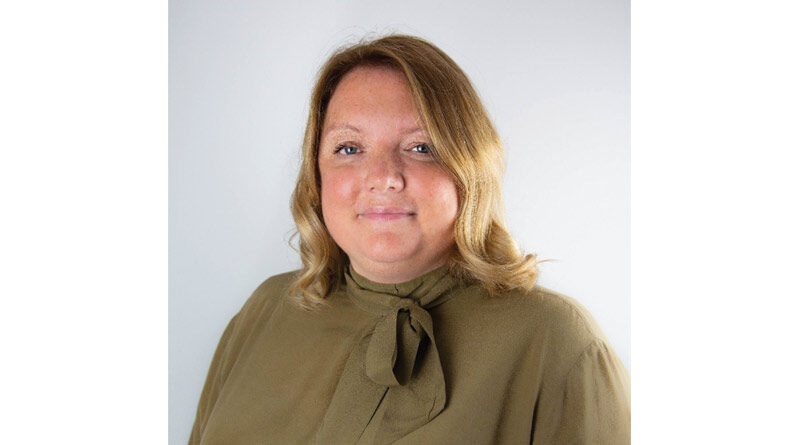How The Digital Revolution In Care Is Delivering The Best Outcomes For Residents
By Rebecca Pearson, general manager for Bupa Care Services (www.bupa.co.uk/care-services)
Technology is at the heart of the government’s new health data strategy, which includes an aim to increase digitisation in social care by 2024. But why wait? At Bupa our digital transformation is already underway.
Digitisation is essential for the future. Technology enables carers to spend more time on the most important part of the job; face-to-face, quality care for residents. Making processes more efficient with technology offers the opportunity to provide truly personalised care.
One example of this is in dementia care, where there are many opportunities to incorporate technology. For example, Richmond Villages Willaston is a specialist village for people in the early stages of dementia, where they’re able to maintain a level of independence supported by ‘homemakers’. At night, residents are acoustically monitored and staff are alerted if there are unexpected noises or movement which might indicate someone is unwell or in difficulty.
Technology has the power to change how we work in care settings more widely. Care staff have always filled out paper notes throughout their shifts including details about medication, wellbeing and feedback from the residents. As everyone will know it’s time-consuming and inefficient, and reduces the time that can be spent talking to residents and building positive long term relationships.
But across Bupa Care Services we’ve introduced handheld devices which allow carers to record every interaction with residents in real time, freeing up capacity for real, high-quality care.
It also means that staff can record more detailed, up-to-the-minute accurate notes, with more information about each resident’s mood, what they chatted about or what activities they had been enjoying.
Another step-change is that this information can be accessed by residents’ families. This helps build up a full picture of what life is like in the home and how their loved ones are doing day to day.
There’s no doubt that we’re all getting more tech-savvy, and why wouldn’t we utilise it our care settings too? It’s what families expect to see, and increasingly, it will be what our residents expect too.
That’s why it’s so important that we lay the groundwork now. But most importantly technology is helping our people get back to what they love. Our people tell us they want more time to care. That’s why they came into this profession. So it’s up to us to make this happen.
Compliance, infection control and quality standards will always be top of the agenda. Electronic medical records systems are designed to reduce the time it takes to administer medications safely and improve clinical outcomes with a joined up service that all health professionals can access. This also makes it easier to refer back to previous notes to look for patterns, with residents’ full medical history available at the touch of a button.
All of our monitoring processes are also now stored in our digital quality and compliance solution, which has been rolled out in each of our homes and villages. It helps our home managers carry out quality monitoring and make swift changes to day-to-day processes if needed. And regulatory partners can also be updated with the click of a button.
But it’s not just about quality or compliance. There are a wealth of games, apps and tools designed to support older people while making it fun and interactive. For example, for those with dementia a memory game app can help enhance the time they spend with loved ones.
Ultimately, it’s the human connection that is at the heart of our digitisation journey. As residents adjust to a new life and environment, or deal with dementia, it’s the people caring for them that bring fun and laughter back into their lives. Technology allows us to foster this human connection and ultimately get more out of our time together.

